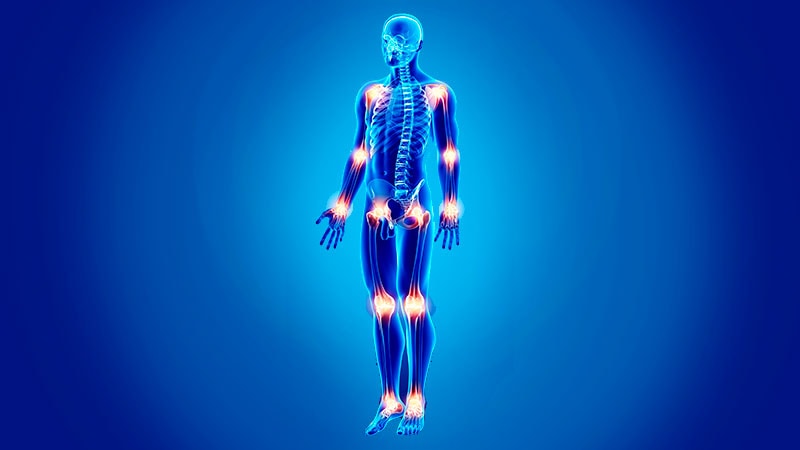Endovascular Aortic Repair Outcomes in Connective Tissue Disorders
Core Concepts
Endovascular aortic repair in patients with connective tissue disorders shows high success rates and comparable survival to open surgery.
Abstract
The content discusses the outcomes of endovascular aortic repair in patients with connective tissue disorders (CTD), focusing on the EVICTUS study involving 171 patients with CTD, primarily Marfan syndrome. Key points include:
High early technical success and low 30-day mortality rates.
Feasibility of endovascular repair in CTD patients due to technical advancements.
Survival rates at 1 and 5 years for different CTD subtypes.
Potential inclusion of endovascular treatment in guidelines with ongoing improvements.
Study limitations and disclosures.
Endovascular Aortic Repair Promising in CTD
Stats
Primary technical success at 30 days: 98.2%.
30-day mortality rate: 2.9%.
Survival at 1 and 5 years for Marfan syndrome: 96.2% and 80.6%.
Survival at 1 and 5 years for Loeys-Dietz syndrome: 93.8% and 85.2%.
Survival at 1 and 5 years for vascular Ehlers-Danlos syndrome: 75.0% and 43.8%.
Quotes
"Improvements in devices and techniques and ongoing follow-up may result in endovascular treatment for patients with CTD being included in guideline recommendations." - Study authors
Key Insights Distilled From
by Pauline Ande... at www.medscape.com 06-16-2023
https://www.medscape.com/viewarticle/993329
Deeper Inquiries
How do the outcomes of endovascular repair in CTD patients impact current treatment guidelines
The outcomes of endovascular repair in patients with connective tissue disorders (CTD) have significant implications for current treatment guidelines. Historically, guidelines have been cautious about recommending endovascular aortic repair for CTD patients, limiting its use to specific scenarios like redo operations or emergencies. However, the EVICTUS study demonstrates that endovascular treatment in CTD patients can lead to high rates of early technical success, low mortality, and comparable midterm survival to open surgery. These positive outcomes suggest that endovascular repair may become a more viable option for a broader range of CTD patients, potentially influencing future guideline recommendations.
What are the potential long-term implications of including endovascular treatment in CTD guidelines
The inclusion of endovascular treatment in CTD guidelines could have several long-term implications. Firstly, it may expand the treatment options available to CTD patients, providing a less invasive alternative to traditional open surgery. This could lead to improved patient outcomes, reduced complications, and shorter recovery times. Additionally, by incorporating endovascular techniques into guidelines, healthcare providers may gain more confidence in utilizing these approaches, leading to increased expertise and better patient care over time. Long-term follow-up studies will be crucial to assess the durability and effectiveness of endovascular repair in CTD patients and to refine guidelines based on evolving evidence.
How might advancements in endovascular techniques influence the future of aortic interventions for patients with connective tissue disorders
Advancements in endovascular techniques have the potential to revolutionize the future of aortic interventions for patients with connective tissue disorders. The EVICTUS study highlights the success of endovascular repair in CTD patients, showcasing improved devices and techniques that have made these procedures more feasible and effective. As technology continues to evolve, we can expect further refinements in endovascular devices, imaging modalities, and procedural approaches, enhancing the safety and efficacy of aortic interventions. These advancements may lead to a shift towards endovascular approaches as the primary treatment modality for CTD patients, offering personalized, minimally invasive solutions tailored to individual patient needs. Ongoing research and collaboration between clinicians, researchers, and industry partners will be essential in driving innovation and improving outcomes in this patient population.
0
